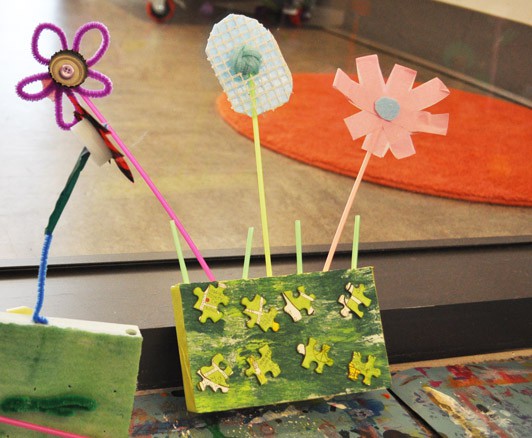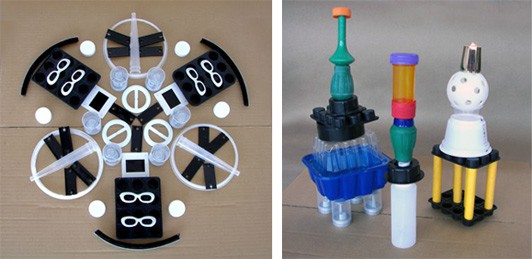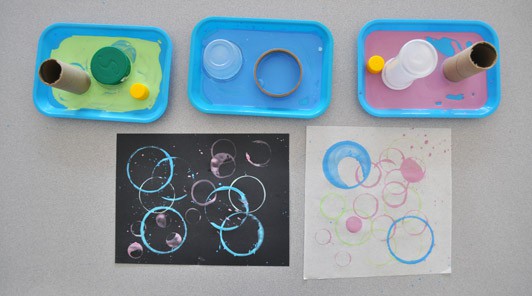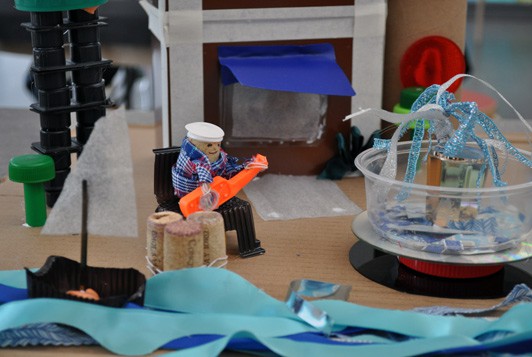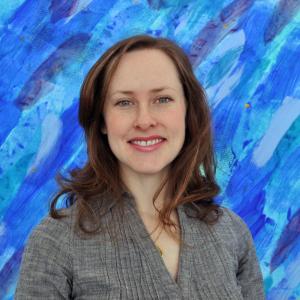Why We Use Found Materials
The Art Studio at The Eric Carle Museum of Picture Book Art has a long history of working with recycled materials and found objects. In addition to the challenges presented by a limited budget and lots of Museum guests interested in making art, both of which make using free materials very attractive, The Carle’s Art Educators, like many artists, also see the artistic potential in transforming something designed for one purpose into something else.
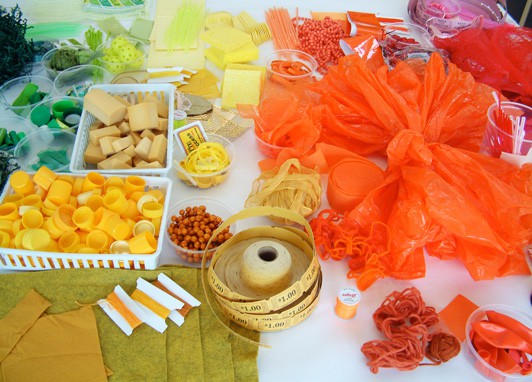
We didn’t have to look far to be inspired to see discarded objects in new and aesthetically pleasing ways. Eric Carle himself makes art from objects which would otherwise be thrown away. The Carle has exhibited art created by Eric in which he used discarded brushes, paint stirrers, old hinges, pieces of cardboard blotters from his tissue paper painting process. In 2003, in conjunction with an exhibition featuring the work of William Steig, we exhibited a collection of playful, found-object sculptures created by his wife, artist and author Jeanne Steig. The featured Every Day Art Program during that exhibition invited Museum guests to create their own compositions from found objects. Since then, we have used found materials as a provocation for artistic exploration on a regular basis in our Every Day Art Projects, classes, and professional workshops. Some of these programs have been in connection with Museum exhibitions, such as those featuring puppets by Ashley Bryan and collages by Ezra Jack Keats.
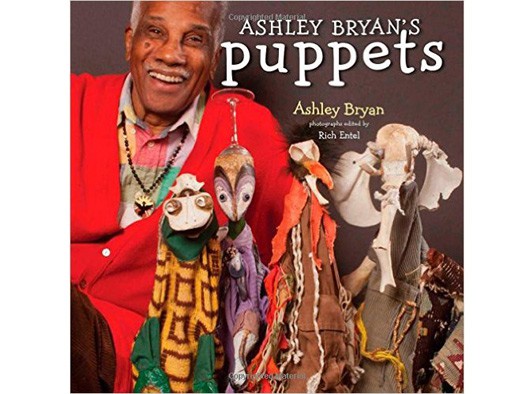
Unlike art materials and tools that are designed to be used to “make art,” found or re-used materials come with a history and a preconceived purpose. The act of re-envisioning and creating with such materials is process rich in potential for wondering, imagining, tinkering, and learning. Finding the potential in an object which might ordinarily be discarded is empowering. We want our guests to leave with the understanding that they don’t need a lot of fancy art supplies in order to make art. We love hearing visitors say, “Hey, we have that stuff in our recycling bin, let’s do this at home!” In this consumer-based economy it feels good to send a message that something beautiful or useful can come from “used stuff.” Creating with found or discarded objects is eco-friendly, intellectually challenging, and a whole lot of fun. It doesn’t get that much better than that!
Our activities featuring found materials sometimes include anything we’ve collected in the last few months or a carefully selected collection of just a few kinds of objects. Sometimes we present guests with the open-ended question, “What can you make with these materials?” Sometimes it’s a bit more directed, “How might you make a ___ (musical instrument/cityscape/toy that moves) with these objects?” No matter what kind of materials we’re offering, we encourage observation and exploration through prompts such as: “What do you notice about these objects/materials?” and “How are they the same or different?” From there our guests explore, collaborate, and occasionally seek out our help in solving challenges as work.
The great thing about recycled and found materials is that they are everywhere! Every volunteer and employee at The Carle knows to save their juice caps, wine corks, yogurt lids, etc. We even have a jar in our staff kitchen to collect the potential materials that come in our lunch bags each day. There are resource centers across the country that receive discards and seconds from individuals and manufacturers for the purpose of making them available to schools and individuals. The ReCenter in Northampton, MA and Resources for Rhode Island Education are two such places in New England.
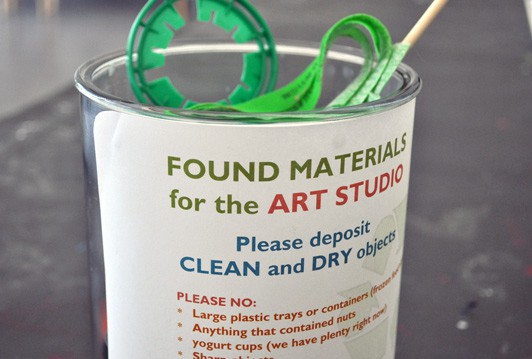
Our collection of found materials goes between being stored by material type or color, but sometimes seeing them all mixed up in one basket can be inspiring too.
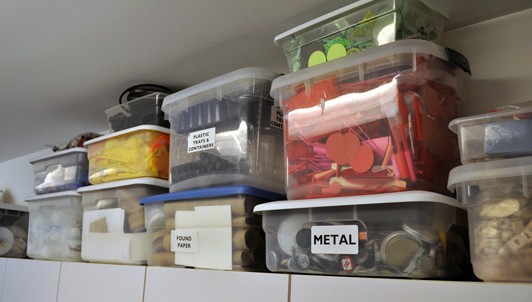
Visit the “Sculpture” category of our blog to learn more about how we’ve explored recycled and found materials in the Art Studio’s programs.
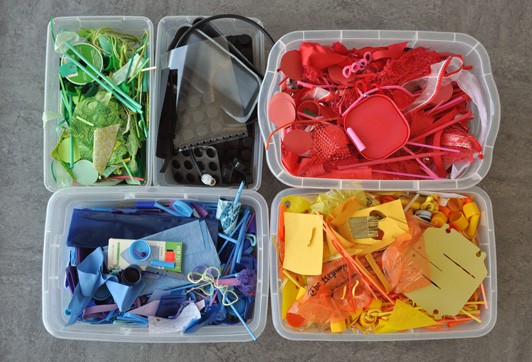
Update: The Art Studio no longer uses plastics as materials in our projects. To read more about why, see this article about how we decided to change our plastic usage.

